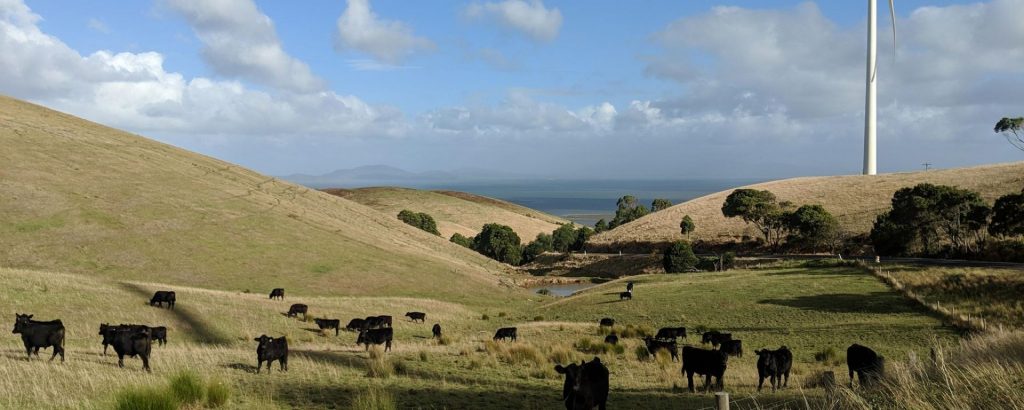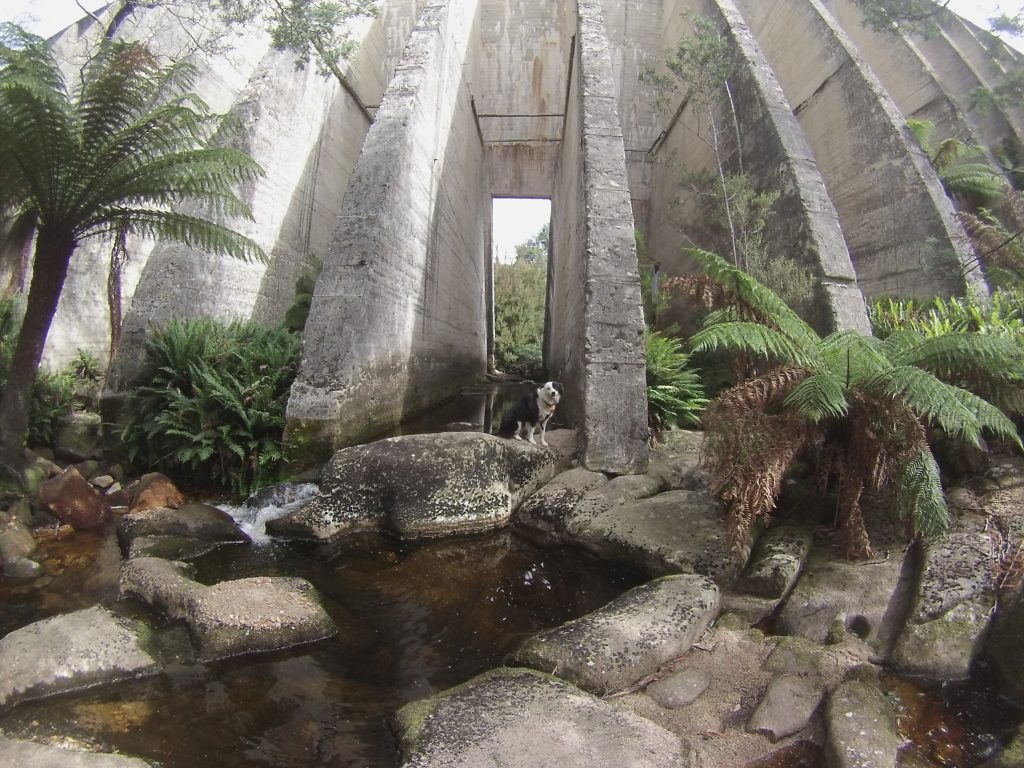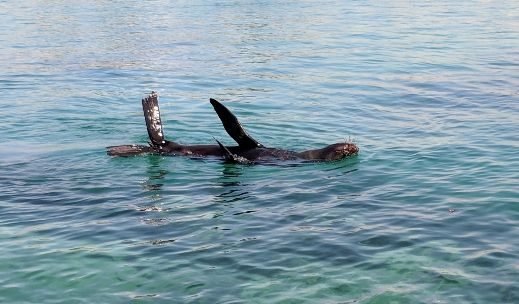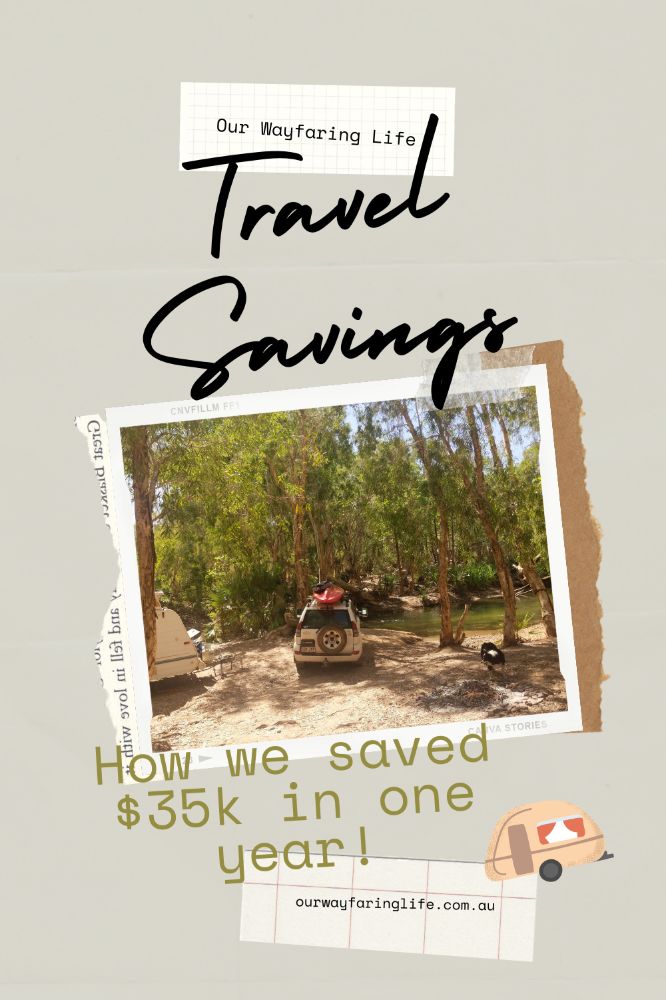Last updated on 6 May, 2023
Reach Your Travel Savings Goals Fast!
Whether you need funds for a holiday, a road trip or to start full time travel, achieving your travel savings goals quickly will mean your adventures can begin sooner.
My husband, Daryl and I saved $35,000 travel money in less one year! How did we do it? The answer is – with some clear goal setting, planning and action. You too can soon be saving for travel in no time with our simple tips and ideas.
Disclosure: This post may contain affiliate links. If you use these to make a purchase, I may earn a commission. Any commission is greatly appreciated as it helps to keep Our Wayfaring Life online.
Goals
Travel Savings | Where to Start?
Not sure where to start on your path to saving for your travels?
The initial steps are to:
- decide how much you want to save; and
- open a travel savings account (if you have not got one already).
Decide Your Savings Goal
Deciding how much money you will need for your holiday or to travel will give you your savings target (figure). Having a clear goal (target) is an important step in setting yourself up for savings success.
Daryl and I calculated we would need $35,000 to travel for one year so this became our savings target. How much do you need to travel? How much do you need to save? These are important questions to answer.
Open a Travel Savings Account
If you do not already have a savings account, open one. This will be your travel savings account.
This will mean you will have two accounts, each to be use for its specific purpose:
- Travel Savings Account – routinely money is added for travel or a holiday and not touched until your savings goal is reached.
- Spending Account – monies for your day to day and living expense. It is the funds to be accessed routinely as needed.

Planning
Current Expenditure and Where You Can Save
Historically, has it been hard for you to save? Do you feel you lack the confidence or the know how to do better in the future? Or do simply want to save more and faster?
There is no magic way to save but from my experience success first starts with understanding where your money has been spent in the past. In other words you need to understand your current spending patterns and financial obligations.
No guessing or making assumptions, it is important to do the next task.
Assess Current Spending
The task to undertake, is to get copies of all your bank account and credit card statements (if you have credit cards) for the past 12 months. (12 months is the amount of time needed as it will then include all your annual expenses).
Then under the categories listed below add up how much you have spent under each (category). It is a tedious exercise, but it is important to do. I literally had a sheet of paper for each category, wrote down every expense on our bank statements under one of the categories.
As the final step, add up how much you spent each for each category. (Note this is only truly going to work if like us most of your expenses are paid for by using your bank, debit or credit card instead of cash).
I suggest categories:
- Groceries
- Fuel
- Car maintenance
- Eating out and entertainment
- Electricity
- Gas
- Insurances
- Rates
- Mobile, home phone and internet
- Memberships and fees
- Odds and sods
- Donations
- Home maintenance
- Clothes and shoes
- Health related (chemist, therapies etc)
And if you have children:
- School expenses
- Child Care
Once you have your figures for each category, take a good look at the amounts. Do any of the amounts surprise you? Do you immediately see areas where spending could be reduced?
Below I share ideas on how to reduce your spending and other ways to increase your savings.

Action
Reduce Your Expenses and Spending
Nothing new said here – to save you must spend less than you earn and prioritise saving over frivolous spending or impulse buying. If your costs and spending are the same or more than you earn it is going to be impossible for you to save.
There are some practical things you can do to reduce your expenses and spending and start saving:
Mortgage
For a lot of households, the mortgage is often the or one of the largest expenses. It is also where significant savings can be achieved by reducing your repayments.
There are many products available on the mortgage market, so many it can be overwhelming but there are two practical steps you can take:
- Contact your current mortgage provider and discuss with them if they have a better product that will reduce your repayments; or
- Contact a mortgage broker and get them to look more widely at mortgage products available and find the best available for you and your circumstances. It is important to know that there should be no cost to you for using a broker. If a broker requests a fee, refuse their services and find another.
For us, it took a little negotiating with our bank, but we changed products, and this reduce our repayments.
Rent
If you are a renter, you could reduce your expenses by renting a cheaper property, getting a housemate or moving into shared accommodation. Maybe consider house sitting where in exchange for looking after someone else’s home you receive rent free accommodation.
Insurances
Car, home, contents, health, income and other insurances are necessary expenses. Collectively, when you have multiple polices (like we do) these add up to a lot of money each month or year. The potential to save money in this area is considerable and one of the areas we saved the most.
What we did and suggest you do the same, was:
- Check your current level of cover and how much it costs (policy cost); then
- Get quotes online or the phone that are comparable to the current level of cover; then
- Armed with your quotes call current insurance providers and offer them the chance to either match or better the best quotes.
In doing this, we ended up with more cover for less money for all our policies except for one car. In all but one instance our current insurance provider matched or bettered the competitor’s quote and when they would not, I changed providers. Overall while time consuming and we were able to reduce our insurance costs significantly.
Phone and Internet
Phone and internet deals for home and mobiles are changing constantly. If you are not on a contract, it would be worth your time to find out if you can get a better deal.
Electricity and Gas
Comparison websites are available to help you find the most affordable energy providers. Take advantage of these as well as look at your usage and decide if there are ways to reduce your usage.
Personally, I investigated this but found we could achieve very minor savings and only by signing a 2-year contracts which we did not want. Your circumstances may differ.
Subscriptions and Membership Fees
These are streaming, magazine, gym, sports and other subscriptions or memberships that you may have. I suggest cutting off all unnecessary subscriptions and memberships unless you are actively using them.
The only one we had was Daryl’s golf club membership. We chose to keep this membership because he was still actively using it and while saving for our travels was a priority, so was having a life in the meantime.
Reduce Your Food Bill
Overspending on food is something so many households do, usually by buying takeaway and more food than is needed. We were no different.
After going through our bank statements, we learnt that Daryl was spending more on takeaway food than he realised ($100 per week) and our spending at the supermarket was high. Determine to save money in this area we:
- Stopped buying takeaway food and instead put money aside each month for a dinner or lunch date.
- Started meal planning each week and only buying food on the meal plan (also ensuring the meal plan had snacks and treats we enjoy).
- We ate our leftovers (usually becoming Daryl’s lunch at work).
- We took our lunches and snacks to work (instead of buying takeaway).
By doing these simple steps we cut our food bill by half!
Cutting out takeaway food and buying less food (only what we needed) so we threw away much less (I estimate we threw away a third of our food each week) meant we were able to save significant money.
Give-Up A Habit
Enjoying a treat or a vice is human nature. It is also good for our mental health to treat ourselves. However, some become habits rather than a treat and while each individual purchase may not be much, added up over time can amount to a lot. An example is drinking coffee.
A takeaway coffee costs about $5 each and bought once a day adds up to $25-35 per week or $1300-1820 per year. Twice that if two of you are drinking takeaway coffee every day and four times that if both of you are having two coffees a day.
This is how Daryl got to $100 a week in takeaway food. Each purchase was less than $10 but done multiple times each week it soon added up.
I am not suggesting you never have your “coffee”. Instead look at how much you are spending in total and decide which is the priority – your “coffee” (treat) or your travel savings goal. Maybe it is a compromise of treating yourself less often.
Set Limits for Gift Buying
Buying gifts is a lovely thing to do. It can be a pleasure both for the gift giver and the receiver. However, gifts bought over a year can be expensive. Some things to try are:
- Be selective about who you buy for. Putting in boundaries about who you are expected to buy for is healthy.
- Ask friends or family if they would be interested in doing group gifts where everyone puts in an agreed amount and the collected money is used to buy one decent gift.
- Set yourself a limit on how much you will spend on each gift.
- Make your gifts.
Calculate Your Minimal Living Expense Amount and Maximum Savings Capacity
What am I talking about? What is ‘minimal living expenses amount’ or ‘maximum savings capacity’? Let me explain.
The minimal living expenses amount is the amount of money you need each week or fortnight to pay for all your necessary expenses. This includes rent or mortgage, food, petrol, insurances, memberships, household bills and so on. It should include some treats and entertainment costs but within reason. Remember your goal is saving travel money.
The maximum savings capacity is the most you can save each week. This is calculated by deducting your minimal living expenses amount from your net income.
For example, let us say your net income is $750 per week and your minimal living expense amount is $500 you would have a maximum savings capacity of $250 per week.
It was useful to us to know these amounts as it helped us to make the decision as to how much we would spend each week and how much we would aim to save. This information may also be useful to you when setting your savings goals and timeframes.
It must be strongly noted, we spent more each week than our minimal living expense amount. Instead we used the amount as a guide.
To calculate this, using the same amounts as above if the minimal living expense amount is $500, 30% is $150 so the total money allocated to spending each week would be a total of $650. And with a net income of $750 it would be possible to save $100 per week.
How it worked out for us, is that we were able to live on one our incomes (the higher) and save the other.
Which Account to Have Your Income Paid Into?
Above I suggested having two accounts – an everyday spending account and a savings account. You also have the option of deciding which account your pay or other income is paid into.
If you decide to have your income/s paid into your everyday spending account, then each week or fortnight you would need to transfer your savings to your savings account. Alternatively, if you have your income paid into your savings account then you would need to transfer your weekly or fortnightly spending amount to your everyday spending account. There is no right or wrong here, only what works for you.
Our choice was to have all our income paid into our savings account as we decided for us it was the best option for ensuring saving for our travels stayed our primary focus. Each Monday we transferred our money for spending and expenses to our spending account.
Mondays was our day of choice because it is the beginning of the work week and logically this meant we had expenses we had to pay for such as fuel for our cars so we could get to and from work, buy food and pay bills. We also knew that any money remaining in our account by the weekend was ours to spend on going out or treat for ourselves.

Additional Ways to Increase Your Savings
If you are super keen to reach your saving goals as soon as possible in addition to reducing your expenses and spending, there are few other things you can do.
Increase Your Income
Whatever way and as many ways that you can increase your income. More income means more money for savings.
There are several ways you can do this:
- Work more hours or do overtime
- Take on a second job
- Seek and take a promotion
- Ask for a pay rise
- Start a side hustle
Daryl and I increased our joint incomes by Daryl taking a higher paying job and we rented out our garden studio as holiday accommodation as our side hustle.
Initially, for our side hustle there were set up costs for furniture (all second hand and much of it we got for free) as well as linen, kitchen items and so forth. Plus, we had to commit time to cleaning and communicating with guests. In the end, the financial outlay and the time we had to commit paid off with the money made adding a significant amount of money to our savings.
Ultimately, what you want is to be make the most amount of money your circumstances allow. Be creative. Learn the difference between a hobby and side hustle. Think outside the box but stay well away from get quick schemes and multi-level marketing businesses.
Accumulate Your Leave
Your work leave is not only time off, but also money. Obviously, not all of you are planning on quitting your jobs to travel but if you are, like us you could use your income from your leave to pay to boost your travel savings.
I had accumulated 8 weeks of leave before I quit my job. The income from these 8 weeks was enough to pay for our first 3 months of travelling which meant our $35000 in savings remained untouched for that time.
A tip – if you are quitting your job, make your resignation date at the end of your leave period. For example, your last day at work is the 1 November and you have 8 weeks leave, make 1 November the first day of your leave and 25 January (8 weeks later) your resignation date. The benefits of doing this are:
- if there are public holidays or other leave days given by your employer you are still entitled to these. With the example give above there is Christmas, Boxing Day and New Year public holidays plus my employer gave a day off as a “Christmas Gift” so this meant an additional 4 days of pay.
- That while you are on leave, you accumulate more leave. Over my 8 weeks off I accumulated another 4 days leave so another 4 days pay.
In the end, I received an additional 8 days pay without having to do anything.
Sell Items You No Longer Want
There can be money to be made from belongings you no longer want or use. No everything will make you money, selling what you can, may give your savings a decent boost.
Because we were packing up our house to travel full time we had a lot of items to sell. Also, selling our two cars we used for work commuting gave us the money we needed to buy our tow vehicle.
Save Your Tax Return
Granted not everyone gets a tax return. If you do then an easy way to boost your savings is to add it directly to your savings.

Other Habits to Help You Save Money
Buy Nothing
How often do you buy on impulse, buying something you did not really need? When saving for your holiday, make it your priority to stop impulse purchases and instead make do with what you already have. You may be surprised much money you will save!
Daryl and I stopped making incidental purchases and impulse buys. If it were necessary to make a purchase, we would discuss it and do our research to find the best price.
Credit Cards, Store Loans and Personal Loans
Credit cards, store, interest free, pay later schemes and personal loans are very enticing but ultimately allow you to spend money you may not have or can afford. If you have any of this types of debt, it may be best to get rid of this debt before commencing your savings journey. It is difficult to save while interest is accumulating on debt.
If you can:
- get rid of your credit cards, literally, cut them up and close the account; or
- stop using them unless you can comfortably pay off the full balance each month before any interest is payable
- stop using credit loans
- if you have credit card debt or personal loans, pay these before building your savings.
Pay Bills Off Weekly or Fortnightly
Paying your electricity, gas, rates and other routine household bills weekly or fortnightly is not going to save you money. What it will do is help you manage your money more easily. Making it easier to manage your money will honestly help you keep on track with your saving goals.
For example, if your quarterly electricity bill is $600, it is easier to pay $50 per week or $100 per fortnight than try to find $600 all at once. It is also rewarding to receive bills that are already paid and maybe even in credit. It really helps you feel you are in control of your money because you are.

Saving for something you want ultimately comes down to you. It is not usually the amount we earn but how we manage our spending and expenses as well as our habits associated with money that determines if we can save or not.
Recent Posts
- The Best Dog Friendly Road Trips Australia
- Buying a Caravan for the First Time. What Features and Fittings are Best?
- 4 Best Options for Tethering Your Dog When Camping
- Kitting Out Your Caravan and Car for an Incredible Trip Around Australia
- 14 Stunning Blue Mountains Dog Friendly Camping Spots


